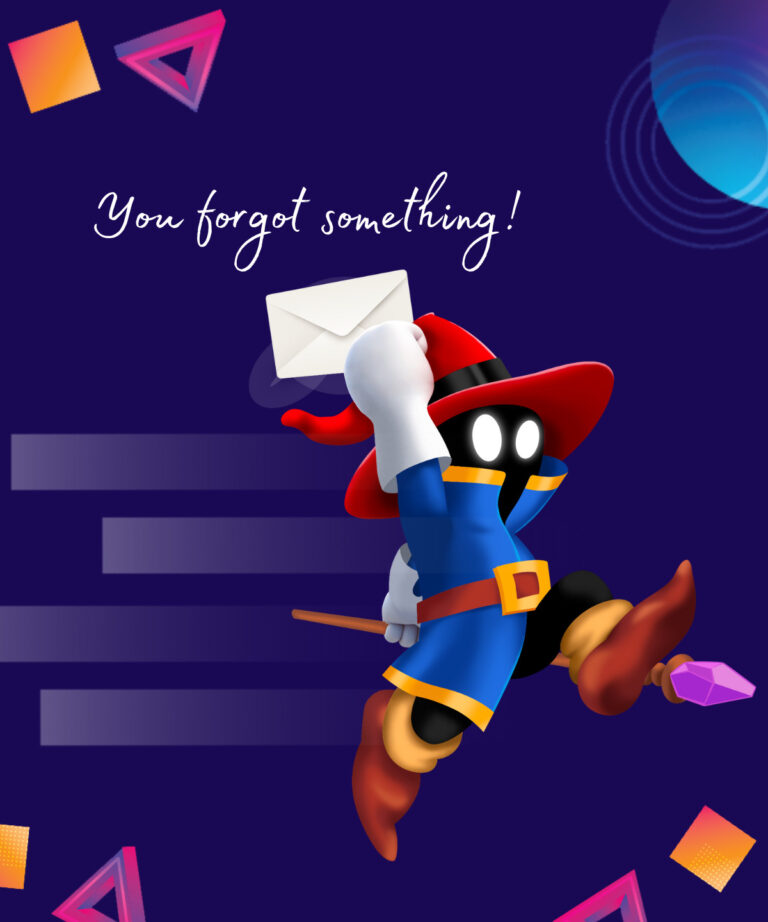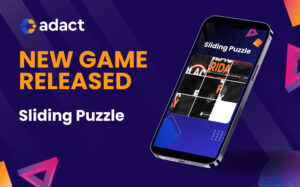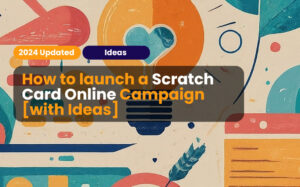
How many of you would stop and play with this? We know we would. Now imagine if there was also a McDonalds discount for completing the puzzle?
You’d probably go for it. After all, who doesn’t want to have fun, save some money, take a cool photo AND get your favorite food?
This is how games in marketing work.
Gamification is known as the unicorn in modern marketing. Games can promote interaction and encourage user engagement unlike any other marketing strategy out there today.
As the game industry grows, so does in-game marketing and advertising. There are obvious benefits to using games in your marketing strategy.
Today, we will talk about what those benefits are and exactly how you can strengthen your marketing campaign through mobile gaming.
5 Benefits of using games in marketing
There are endless advantages that prove using games in marketing campaigns to be more effective and more entertaining than a traditional marketing campaign. Today, we will go over the top 5 benefits of gamification in marketing.
1. Increases brand awareness
One way for a business to easily gain customer attention is by creating branded games. This way, you get to teach people about your company while they are playing a game. You can customize the design, content, and even the type of the game itself so that they all point to your specific business.
Branded games use in-game advertising to subconsciously increase brand awareness among users. They are quick and easy to make and have high marketing opportunities for players.
2. Compatible with multiple platforms
Most people use multiple electronic devices throughout their day. Which platform or device they use is based on the specific task at hand, the time of day or their location. The good news is, using games in marketing campaigns can be done on any device or platform at any given moment!
Plus, you can easily target a very broad audience. Your games can be played across the globe and you can even customize them for specific locations, to spark even more interest in people. For example, if a person from France sees a cultural symbol they easily recognize, it will be much easier to attract them to play your game.
3. Collects useful data
You usually create and run online games through gamification software, like Adact. These in-game marketing platforms use cloud services to help create a marketing campaign that can be monitored and analyzed by the creator.
Real-time analytics helps you generate leads and make informed business decisions. Stats such as the number of plays, games started, games completed and landing page visitors give you a good indication of how their campaign is doing and what they need to improve.
You can also use games to collect customers’ data to get an in-depth look into their current customer base. The specific information gathered from the users is completely up to the brand and can be as detailed as you desire.
4. Heightens engagement & interaction
Traditional marketing techniques include a direct approach where a user is bombarded with advertisements or product announcements, no matter their interest. However, games in marketing use a different approach. Instead of chasing people, your goal is to get them to come to you.
If you think this is impossible, try to think of at least one person who logs in to Facebook to ‘feed their pet’ in the game, otherwise, they’ll lose all the points. So, why couldn’t this be the case with your branded game as well?
Gaming is a great technique for client retention because customers generally spend more time on a platform when they are busy playing games. The game’s interactive content, subtle product placement and valuable incentives to win make for a gamer’s paradise. The right game can excite users and keep them wanting more.
5. Encourages customers to return
Another benefit of using games in marketing is that they have a high replay value. The fact that these games are fun and engaging encourages customers to return.
The best way to achieve this is through rewards. You can offer discounts, promo codes, online gifts or even material gifts. Awarding players can promote retention and strengthen their desire to interact with a brand.
Customer loyalty generates a strong community of clientele and is highly encouraged through successful game marketing.
How can games in marketing help you boost sales?
Games in marketing boost company sales using one unique and highly attractive element—entertainment.
It’s documented that 60% of consumers are more likely to buy from a brand if they enjoy playing its marketing game campaign. This stat shows that when using an in-game marketing strategy, the right game can make a sale in a matter of minutes.
Making product offers immediately following gameplay is also something that can be implemented to increase sales from existing customers. Rewarding players with points or discount codes motivates them to use their winnings on an immediate purchase.
When loyal customers visit your site they are attracted to new and exciting features, like mini-games. Their curiosity entices them to partake in these games and eventually they end up with your product in their cart along with their newly-won discount offer ready to use.
It’s quite simple really. Keeping customers happy and engaged encourages them to spend time on your site. The longer they stay on site, the more they are likely to purchase. That’s what we call a win-win situation!
Examples of games in marketing
In-game marketing is an effective way to increase product sales regardless if a company is using an advent calendar, competitive game, augmented reality, questionnaire, puzzle or video game.
Here are a few concrete examples of some sales-boosting marketing games that are provided when you sign up with Adact.
Memory
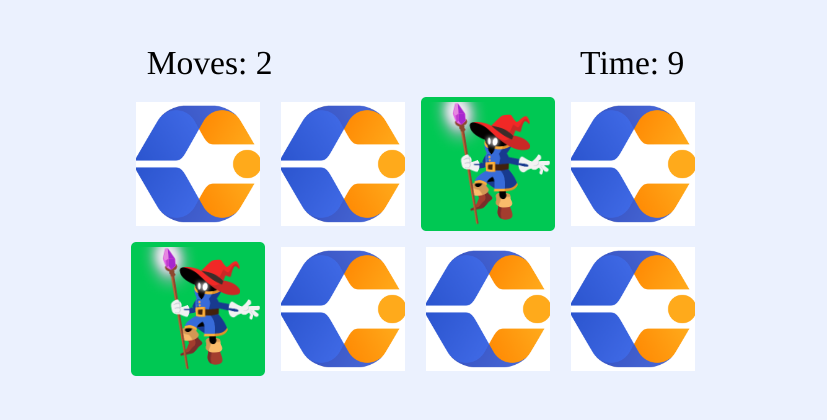
Memory is a popular puzzle game that uses logic and recall to help the users match two cards together. This game can heighten brand awareness by matching product names and pictures, demonstrating different variations of a company’s logo or introducing new products to customers.
The Memory gamification strategy is one of the simplest campaigns to make. In no time at all you can have a full-proof way to market your products and get people interested in your brand!
Jeopardy
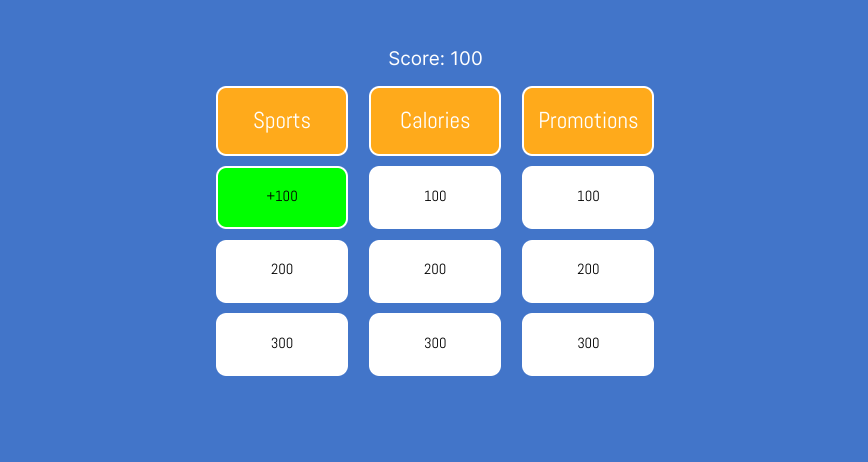
Jeopardy is one of those timeless games that appeal to a large audience. This knowledge game uses categories that include multiple questions associated with a certain point value.
In-game marketing with Jeopardy can be done just like playing the traditional version of the game, only with a twist. You can also add some promotional questions within the game without customers noticing.
Plinko
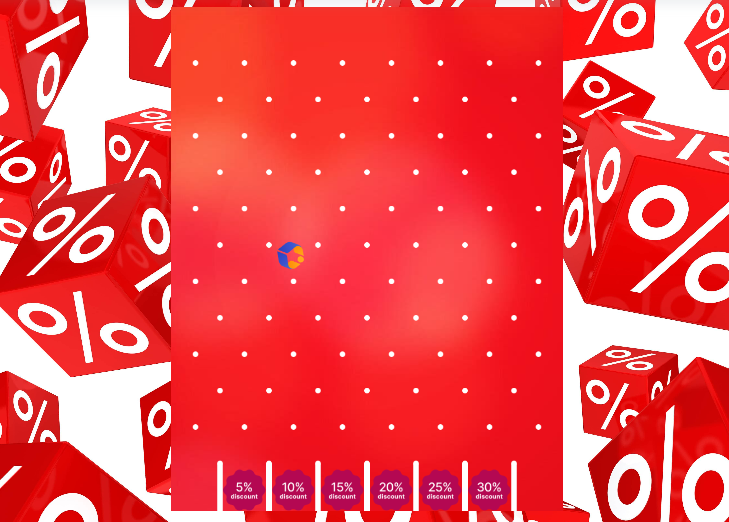
Plinko is both a game of luck and strategy. Players drop their icons to see which prize it eventually lands on. Adact allows the creator to set their prize probabilities and use custom coupon codes uploaded directly to the game.
A video game marketing strategy with Plinko involves giving both new and long-standing customers a chance to win discounts on your website. Just upload the desired savings code, customize the game to your liking and wait for the sales to start flowing in!
Open the Box
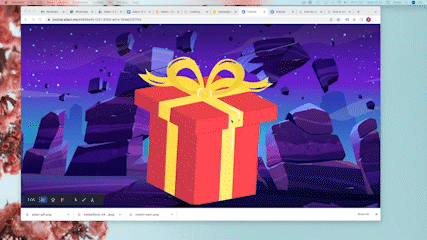
Open the box is a game of sheer surprise for the player. The customer could win a gift voucher, points for their profile or have access to a current product promotion before other users.
The excitement of not knowing which reward they will win along with the obvious simplicity of playing this lottery game keeps people on their toes. If you are looking for an easy and successful game to bring in new customers and generate sales then Open the box is the game for you.
Candy Crush
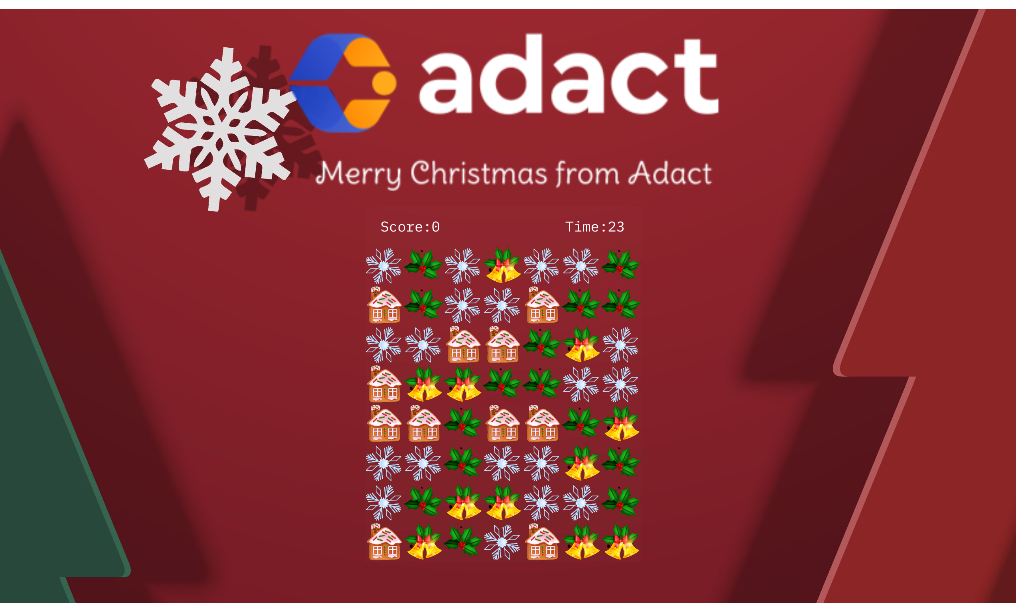
Candy Crush is a game that everyone now knows and recognizes. It involves matching same-colored candies to eliminate them from the game board and replacing them with new ones until the level is complete.
The reason that this game is so addictive is because of its simplicity and attractive design. In a gamification campaign, companies can alter the Candy Crush game to easily fit their brand and show off the various products that they offer.
It is also possible to reward players for completing each level of the game. As we are aware, rewards are a great way to enhance engagement and grab user attention. Overall, the Candy Crush marketing strategy is a popular way to capture clients’ interest!
Advent Calendar

If you decide to create a gamified marketing campaign around the holiday season then Advent Calendars could be a perfect option. These holiday-themed games are an old-school way to let users win a daily prize or learn about a new product.
While physical Advent Calendars are popular, digital ones have some clear benefits for marketing. They have no production costs, can be easily shared and are customizable to your brand.
These unique marketing campaigns make a company stand out from the rest by giving them an artistic edge. Not only do these games boost sales and heighten brand awareness, but they also share company values with the customer. This gives the user a feeling of togetherness and joy during the holiday season.
Gamification case studies
It’s obvious that these game ideas have the potential to increase sales and heighten engagement, but how do we know they really work? Take a look at some of Adact’s case studies that prove video game marketing’s success.
Euronics Candy Crush
Euronics used Adact.me to create their customized Candy Crush game in hopes to gain awareness about their new JBL headphones. The mini-game involved matching headphones and earning points.
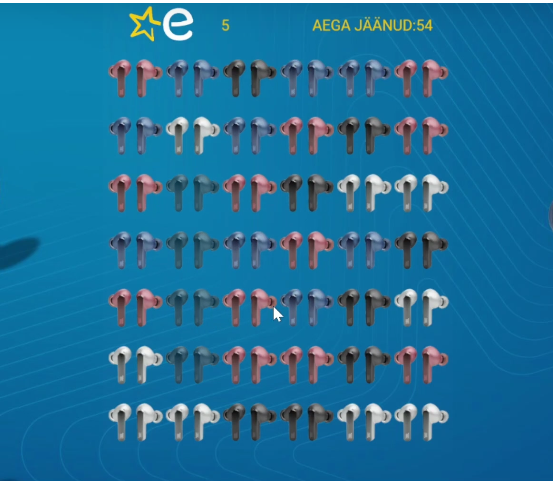
Results:
- 6,100 unique page visitors
- 54,000 games started
- 3,300 unique leads
- 16.2 minutes average engagement time
These phenomenal results ended up increasing sales and brand awareness for the company. The Candy Crush in-game marketing was not only successful, but it generated data for Euronics to use in future marketing campaigns.

How Euronics’ Candy Crush engaged customers for over 15 minutes
Studies have shown that games can be up to 80% more effective at getting people to engage with your brand than traditional advertising methods. Euronics got inspired by Candy Crush and decided to use it to engage its customer for over 15minutes!
Kaubamaja Case Study
Kaubamjama decided to jump on the video game marketing bandwagon and promote their autumn flash sale by developing a Drop Game through Adact. This game, called Shopping Race, was posted for only one day to advertise the products they had on sale.
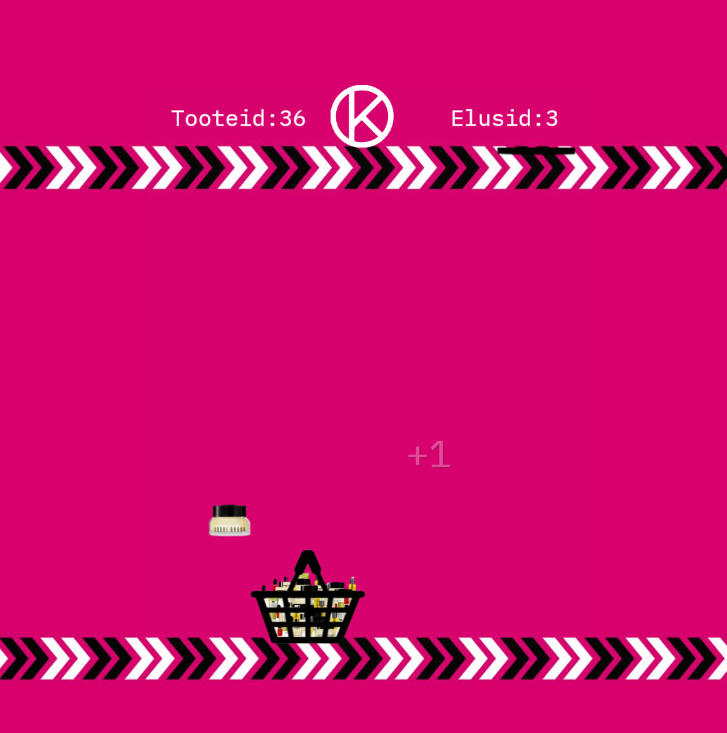
Results:
- 10,000 players in one day
- 99% game completion
- 150-second average playtime
This simple yet effective game got people talking and generated excitement for the company. Subsequently, Kaubamjama saw a significant rise in both sales and foot traffic on their website due to user interest in their new Shopping Race game.

How to engage 10000 FMCG customers in 1 day? – Kaubamaja Case Study
Retail companies are always looking for ways they can stand out from their competition. This case study tells the story of how a large department store in Estonia used gamification to promote one of their flash sales, resulting in engagement and interaction levels that exceeded all expectations.
EKSL Personality Test
Estonian Insurance Association (EKSL) wanted to find a way to build awareness about life insurance. They decided to team up with Adact.me to make a Personality Test that would cause people to think about their personal experiences and how having life insurance could benefit them and their loved ones.

Results:
- 1,000 users in one week
- 97% completion rate
When compared to traditional marketing campaigns—social media posts or banner ads—the Personality Test is much more engaging and interesting. The game reached thousands of people and made them take a second look at how important having life insurance is for the ones that they leave behind.

How gamification increased awareness about life insurance
Insurers are often thought of as the boring, old-fashioned industry that no one wants to work in or deal with. But what if there was a way to change people’s perception of insurance and make it more engaging? Estonian Insurance Association company did just that by using gamification marketing. Learn how they did it and see if you can apply the same techniques to your own marketing efforts.
Atomic Wallet Jeopardy
Atomic Wallet recently partnered up with Adact.me to create a Jeopardy-style marketing campaign that offered crypto rewards as prizes. The company’s goal was to reward their users based on their knowledge about Polygon—a form of cryptocurrency available through Atomic Wallet.
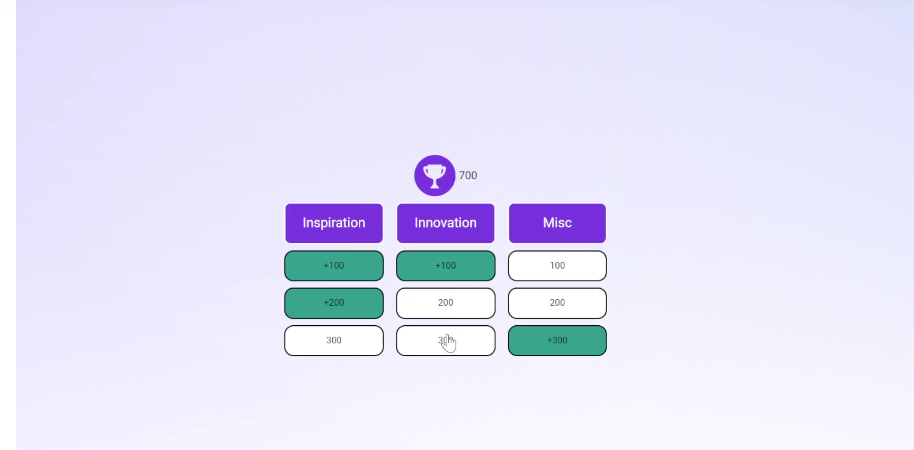
Results:
- 246,000 unique payers
- 95% game completion rate
We can see from the results that this campaign was a great success! Almost everyone who participated finished all 8 questions to complete the game. The fact that players were highly engaged means more time was spent learning about the product. The crypto rewards were the cherry on top addition to this marketing strategy to entice people to get involved.
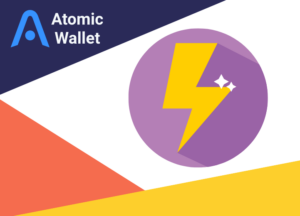
The Power of Gamification: How Atomic Wallet’s Jeopardy-Style Campaign Attracted 246k Unique Players
A Jeopardy-style campaign that combined knowledge quizzes with rewards in the form of crypto prizes. The campaign was a great success, with 246k unique players and a 95% game completion rate.
Tele2 Wheel of Fortune
The Estonian Telecom Company Tele2 chose to construct a Wheel of Fortune game through Adact.me to help acquire leads and get their products out there. They used this luck-based game to reward users with prizes such as discount codes and offers and to try to keep them engaged longer.
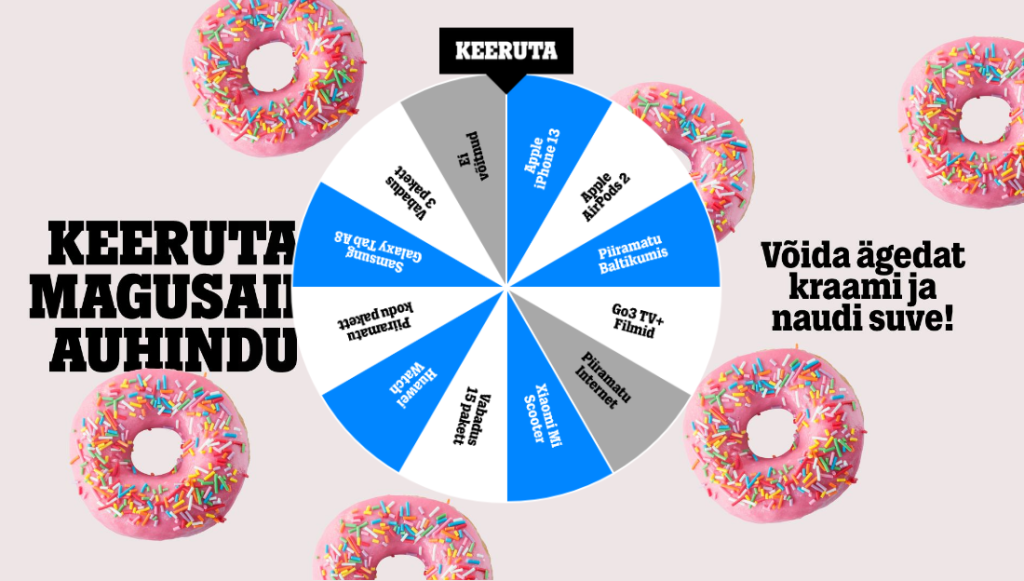
Results:
- 10,069 leads
- 18,683 game plays
- Constantly high gameplay rate for 2 weeks
The Tele2 marketing manager told us that the campaign remained an attractive piece of their marketing strategy for the 14 days that it ran. The game managed to capture the interest of both new and long-time customers through entertainment and the chance of winning. Overall, the marketing campaign was a total success!
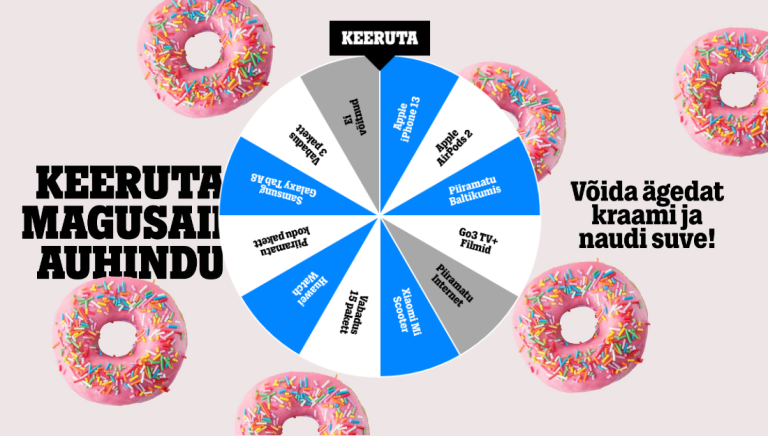
How Tele2 used Wheel of Fortune to collect 5x leads
When it comes to lead capture, there are many techniques to choose from. Some work better than others, but it can be tough to know
Conclusion
In-game advertising is the ultimate way to boost sales, offer quality products in B2B marketing and heighten engagement among future or current clients.
Creative marketing campaigns are made using software programs like Adact. I can change the game for a company by encouraging brand loyalty, customer retention and acquiring new leads.
If you are looking to switch up your marketing to something fun and practical, in-game marketing campaigns are just the thing you need!
FAQ
What is a game in marketing?
Marketing games are games used to engage and excite users. These short and memorable games are used to promote a business or product in a fun way to earn and retain customers.
How are games used as marketing tools?
Games are used as a marketing tool that can interactively relay a marketing campaign message. They tell interactive stories to clientele. Gamification in marketing can lead to higher user engagement, increased revenue and sales.
How are games used for branding and marketing?
Gamification can strengthen brand awareness and create positive brand associations. Branded games are a cost-effective way to appeal to consumers. They can be used on any device to reach a wide audience with subtle advertising.


